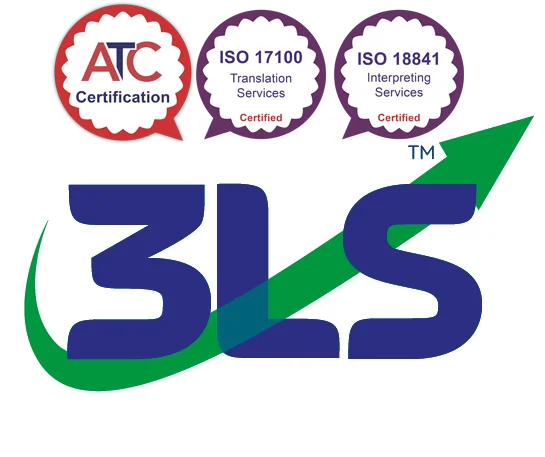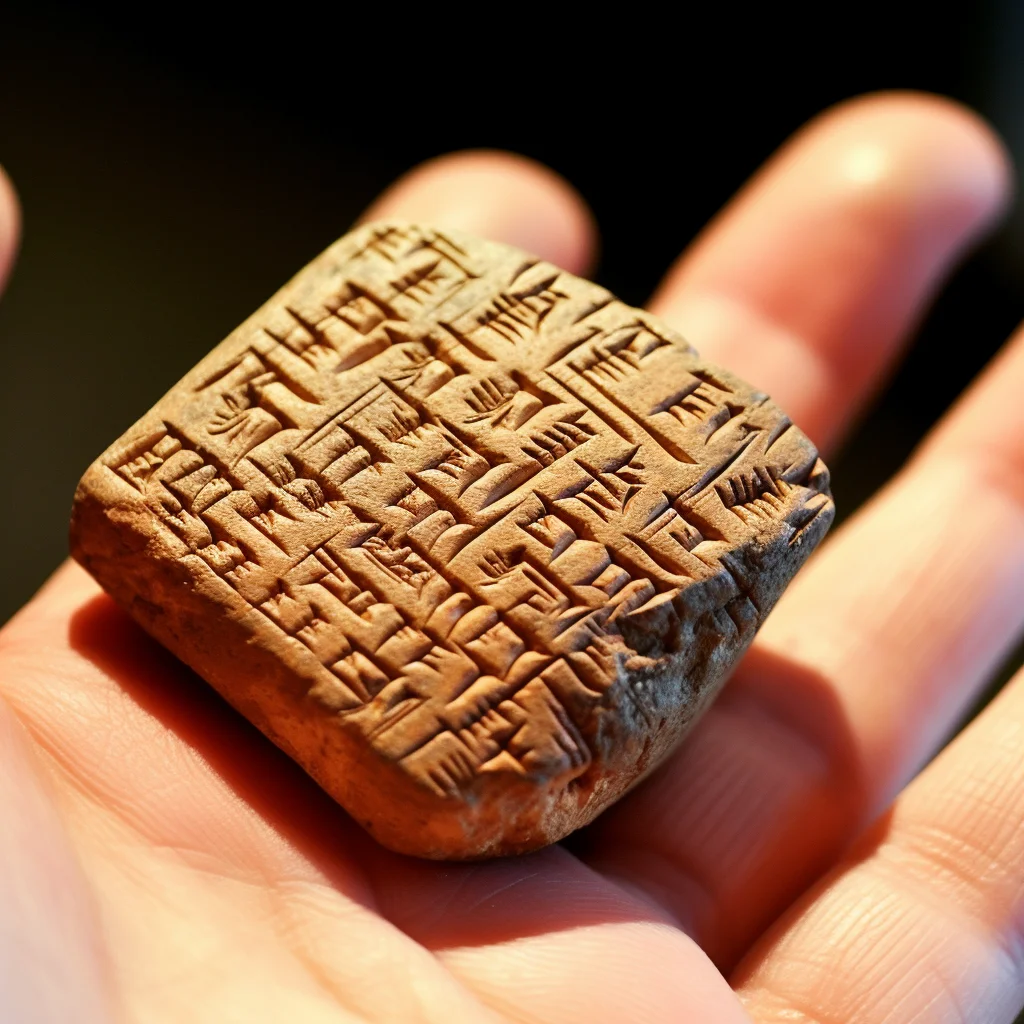Transcribe this…
We’ve been providing English and foreign language transcription for over 30 years, working with leading NGOs and local government, and have a wealth both of experience and of skilled foreign language transcribers and reviewers that we carefully brief (and debrief) for every assignment. Everything you need to know, gleaned from our vast experience, is below!
What exactly IS transcription? I thought I knew, but…
Because if transcription is from spoken audio, why does my musical brother talk about “transcribing for violin” while our Council offers “Braille transcription” of letters and stuff? Plus my sister works in biotech and SHE talks about “DNA transcription”. So what IS transcription?
Also, what’s any of it have to do with the brown lump in the picture?
Now that’s an interesting question.
We’ll get to the brown lump in a bit. First things first however: “transcription” actually derives from the Latin, “transcribo” meaning “to write again in another place”. So you can transcribe music, re-writing, say, a piano piece to play on a violin. Or, you can transcribe a Council’s letter into Braille. DNA transcription is more complicated (!) but there’s a good intro here if you’d like to know more.
And that brown lump? Well, audio transcription – so, what we provide – originated with scribes taking down officials’ speech, with the earliest known example – written on clay tablets in cuneiform (like the picture) – dating from 3200 BCE. It’s come on a bit since then, and we use sophisticated tools and highly-experienced transcribers and reviewers to ensure accuracy.
Transcription doesn’t sound very exciting …
You’d be surprised – in fact our skilled transcriber team provides transcription from audio in around 100 languages and a wide range of subjects, which we can also certify and translate if needed. With content ranging from conferences and HR interviews, to research and video, it’s a long, long way from dull!
Gosh. So what’s transcription used for?
Loads of things, and our thirty years’ experience means we’ve dealt with most of them. A few examples include:
- Research – such as marketing focus groups
- Certified transcription of interviews for court proceedings
- HR content, such as misconduct interviews
- Extracting speech from video for adding translation as subtitles or voiceover
- Making content accessible, for example offering transcripts of clients’ website videos
- Independent verification, for example checking that language interpreting was accurate
Wow – I’d no idea. So is all transcription done the same way?
No – there’s three approaches and it’s important to know what you need, especially if the material’s for legal use or if your client has particular expectations.
- Verbatim transcription is strict word-for-word and includes EVERYTHING – if someone coughs, or laughs, or stammers, or even “erms” or “ahs”, you include it. That can extend to doors closing, dogs barking and so on. Verbatim transcription is usually only used in legal contexts and – because it is so thorough – is intensive work so costs a little more.
- Non-verbatim transcription – a.k.a. intelligent verbatim transcription – omits laughter, background, throat clearing etc. and removes repetitions to produce a complete “clean” transcript, an accurate record of the content but uncluttered by extraneous stuff. It’s up to the client whether to include expletives and suchlike.
- Summary transcription takes intelligent to the next level, re-writing the spoken content into clean terse text stating the meaning of what was said, and by whom, but without any of the superfluous content that spoken language typically contains. It will usually transpose speech into a 3rd-party “reported” format, such as “He then stated that the meeting was concluded”. Self-evidently it’s a lot more work for the transcriber (so quite costly) and is only used in particular circumstances such as conference proceedings.
Let’s say I need some intelligent transcription. What shape do I get it back in?
The easy answer is, whatever you need. While the normal format is MS Word, within that are a wide range of specific and general formats depending on their purpose. Some are timecoded, some are not. Some have specific requirements for legal use – such as line spacing and numbering – in minute detail, while others have to follow presentation requirements or meet a user’s electronic cataloguing standard. Some – such as a certified transcript – may need to be printed and finished with seals and signatures.
A particular subset of transcription format is the subtitle file, of which over a dozen varieties have their own specifications; the srt file is about the most widely used.
My audio file’s in another language but it needs to be presented to a British authority, what do I do?
Most commonly, we’ll transcribe the audio file in the original language and then provide a certified translation into English, an approach accepted by most British authorities. However, it’s very important to establish with the authority exactly what they will want BEFORE placing the work with us, as having to re-visit the transcription – for example if one of their requirements wasn’t known to us at the time – can incur significant cost and delay.
Can you translate straight from audio? Isn’t that cheaper than transcribing first?
It’s possible, yes, but bear in mind most transcribers are not translators (and vice-versa). The two skillsets are very different, in addition to which translating this way allows very little time to make the best translation, resulting in a clunky end product. The risk of omission and error is also much higher. So translating a transcript made by a professional transcriber will produce a more polished, and usually more accurate, product, and often do so faster. But again, it depends what you want/need.
What if my audio file’s in multiple languages?
The process is the same, but will take longer as more resources need to be involved, with each language being transcribed by its mother-tongue transcriber.
Any particular things to be aware of?
Glad you asked! Yep – primarily, sound quality. There’s a reason TV interviews are done in quiet studios…
While you can’t always control the environment, if you ARE recording material likely to need transcribing there’s a few things to please consider – our transcribers will thank you, plus you’ll get better product!
- Background. The quieter, the better, but please avoid in particular noise near the mic – rustling papers or finger-tapping can record very loudly and mask what’s being said. Nearby background sound – like a laptop humming – may be barely noticeable to you, but record as a kind of “white noise” that’s very unhelpful.
- Bad stuff. Please let us know if your audio contains distressing or sensitive content, which may affect our choice of transcriber. Not all can or will work with offensive or emotionally-charged material.
- Clarity. Try to ensure participants speak clearly and loudly enough, and don’t mumble or mutter – you may need to remind them during the conversation.
- Connection. If you’re recording a web call, such as Teams or Zoom, make sure you have good internet connection. There’s nothing worse for a transcriber than speech that cuts out every few seconds.
- Description. If you need a full transcript as a record, then that needs to include key non-verbals – a nod or shake of the head is a “yes” or “no”, so needs capturing. Describe actions like these – that’s why you may hear on TV police officers say “for the purpose of the recording, the subject is nodding”.
- Location. We’ve transcribed files recorded beside construction sites, beside bustling markets, and beside a busy main road. While those are extreme cases, any kind of background noise can make speech incredibly difficult to understand so if possible, please make your recording somewhere quiet!
- Moderation. The more people are speaking at the same time, the harder it is to correctly transcribe the overlapping speech. That – obviously – raises accuracy issues, and due to the extra effort involved is likely to incur additional cost. Good moderation of discussion is key to good transcription, so try to keep speakers separate. Also, try to minimise your own input – “Yep”, “uh-huh” and so on all hinder the transcriber.
- Production. If you’re producing a group session to be transcribed – such as a consumer focus group – bear in mind that the price of transcription tends to vary with how many participants are in the recording. Keep groups to no larger than necessary.
- Spelling. People’s names in particular often have many potential spellings. Please try to provide correct spellings for the names of people mentioned in the recording – that isn’t just to help transcribers, but also to help ensure that when you later search the transcript for a name, you find it!
Just a word of warning…
Many providers, from large companies to by-the-hour workers, offer transcription, but far fewer understand it enough – or care enough – to do it well. That’s exemplified by low-cost transcription “mills” that typically use non-mother-tongue speakers, low-paid and working under insane pressure, delivering product that’s unchecked and littered with errors. So, a word of warning – be aware that some “mainstream” language providers subcontract their “own” transcription projects to such operations.
[end of recording]
We hope you found this useful – even better, we hope it encourages you to trust us with your next transcription projects because we really do know what we’re doing! Thanks for reading.

